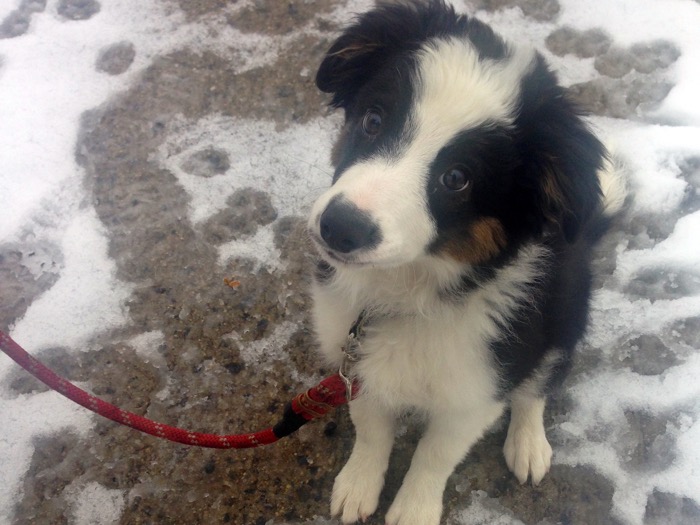
Meet Epic – 15 Week Old Disc Dog Baussie
This is Epic, a 15 week old disc dog Baussie (Border Collie x Aussie) rescue out of Minnesota. He is freeshaping a down stay with his handler, Ron Watson. This is Epic’s first freeshaping lesson.

This is Epic, a 15 week old disc dog Baussie (Border Collie x Aussie) rescue out of Minnesota. He is freeshaping a down stay with his handler, Ron Watson. This is Epic’s first freeshaping lesson.
Please confirm you want to block this member.
You will no longer be able to:
Please note: This action will also remove this member from your connections and send a report to the site admin. Please allow a few minutes for this process to complete.